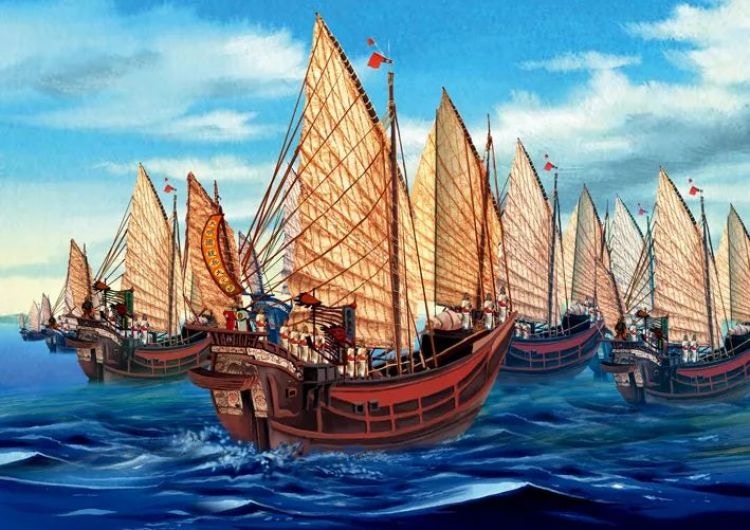Email format error
Email cannot be empty
Email already exists
6-20 characters(letters plus numbers only)
The password is inconsistent
Email format error
Email cannot be empty
Email does not exist
6-20 characters(letters plus numbers only)
The password is inconsistent


The word "China" in English means both "China" and "porcelain." This linguistic coincidence perfectly illustrates the importance of Chinese porcelain in world history.
From the celadon and white porcelain of the Tang and Song dynasties to the blue and white porcelain and famille rose porcelain of the Ming and Qing dynasties, Chinese everyday porcelain not only carries millennia of craftsmanship but also profoundly influences global lifestyles through trade, cultural, and artistic exchange.

(1) Trade: From luxury goods to global commodities.
In the 16th century, Portuguese and Dutch merchants shipped large quantities of Chinese porcelain to Europe through maritime trade. Due to the high transportation costs, porcelain was worth as much as gold at the time, and only the royal family and the nobility could afford it.
Europe's "porcelain craze": King Louis XIV of France built the "Trianon Porcelain Palace" specifically to collect Chinese porcelain, and Augustus II, the Elector of Saxony in Germany, even exchanged 600 cavalry for 151 pieces of Chinese blue and white porcelain!
(2) Technology: How did Europeans “copy” Chinese porcelain?
The high-temperature firing technology (above 1300°C) and glaze formula of Chinese porcelain were kept secret for a long time, and Europeans did not crack it until the 18th century.
The birth of Meissen porcelain in Germany: In 1708, with the support of the king, the German alchemist Böttger successfully imitated hard porcelain and established the first porcelain factory in Europe - Meissen.
The British "bone china" revolution: To replace the expensive Chinese porcelain, the British added bone powder to the porcelain clay and invented the lighter and more translucent bone china, which is still the representative of high-end tableware.
Modern Chinese Daily Porcelain: Challenges and Opportunities
Today, China remains the world's largest porcelain producer, but faces new challenges:
Competition in the high-end market: European brands (such as Germany's Meissen and the UK's Wedgwood) still dominate the luxury market, while Chinese porcelain products are primarily mid- and low-end.
Environmental Protection and Innovation: The traditional ceramics industry is energy-intensive and highly polluting. How can green manufacturing be achieved? Production areas such as Jingdezhen are exploring environmentally friendly kilns and sustainable design.
New Means of Cultural Export: In recent years, Chinese designers have combined traditional craftsmanship with modern aesthetics, such as in the "Eastern Ceramics, Western Charms" project, rediscovering the charm of Chinese porcelain.